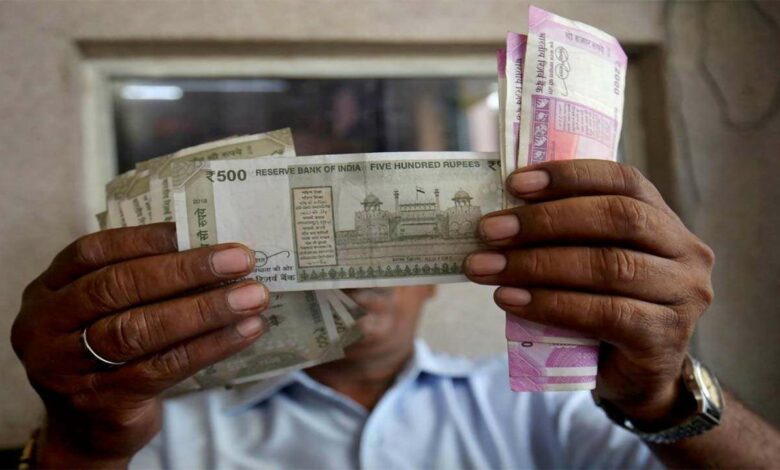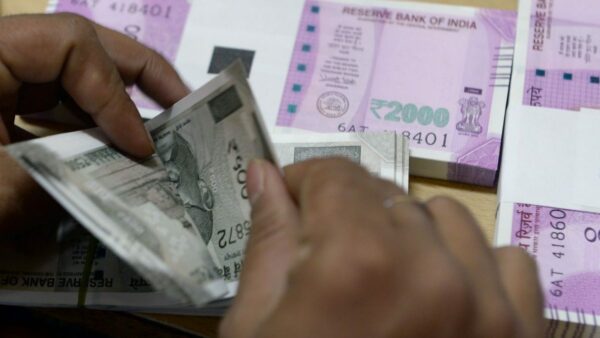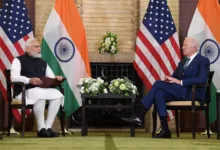How does printing more money as a monetary policy tool work in a cashless economy? Why does nobody care about the unaccounted banknotes in 2021?

At first thought, the question raised by the title seems really absurd. India has taken the big leap of digitalization in the COVID-19 pandemic, but our move towards a cashless economy started a long time ago. I mean, I wouldn’t be too shocked to know you paid the local shop near your house using Paytm or haven’t actually grappled with the papery feeling of banknotes in a while.
And while India is still making a move, countries like the United States and the United Kingdom have been a lot more steps ahead of us in the transition, for they can truly profess themselves to be cash-less economies. However, when it comes to economics, the policy tools that we so blindingly rely on still revolve around the printable money- the fresh bank notes spinning right out of the Central Banks’ printers.
In 2020 alone, the world witnessed a large spree of quantitative easing, an act of the Central Bank buying long-term bond assets in exchange for listing more electronic money in their ledgers, increasing the money supply in the economy and reducing interest rates, making credit cheaper. Well, more so, just more and more money printed into the system. To give a number to this idea, note that the Federal Reserve printed USD 3 Trillion dollars in 2020 itself, the largest ever money printing for the country. And well, the other countries followed closely behind in this money printing spree.
Perhaps, allow me to make sense of it. Even though the transactional uses of cash have been falling consistently every day, with most transactions becoming cashless, the amount of cash being put out and printed by the Central Bank is increasing at an unprecedented speed. A very weird mismatch of demand and supply, don’t you think?
Nonetheless, the story is still not over, for it has more twists than the last movie you saw, I bet.
The point to note here is, of the money coming out so increasingly of these printers, there’s only a proportion that in reality goes in circulation. More precisely, it means that there’s a large section of printed bank notes that never saw the light of the day.
So let me get it clearly, the plotline of this rather confusing game- the economy is cashless, but the policy required to maintain the economy depends on the very use of the said cash, and while it is achieved through printing more money, only a proportion of it is really in motion.
Maybe this number story would help present the situation a little better. At the beginning of the pandemic, as iterated, the Fed injected around USD 3 trillion dollars into the economy. However, the increase in electronic money was far, far larger than printed money. This is probably why nobody seemed to care about the unaccounted money bills. Note that at present, there’s USD 7000 in circulation for every American out there in the country’s system. The point, however, that it is not in their pockets says a lot about the broken system we’re so thoughtlessly perpetuating.
High cash supply but low demand?
So, the puzzle of high cash supply despite low demand is definitely a thought-provoking one, not just for commoners like you and me, but for Central Banks too. This question was first raised by the new governor of Bank of England, Andrew Bailey, back in 2009, who realized that something strange was happening with bank notes.
What happens to all the cash currency? And why do the people who are aware of the problem and are really responsible for printing more tenders more willing to find out the answer to that question? There doesn’t seem to be any kind of urgency in their response to this conundrum, nor do we anticipate any more feasible solution coming up.

Here’s why this utter lack of urgency seems fishy. All Central banks historically have been very brimming with the elastic supply of money, in the sense that anybody who requires cash can get it. Even though the process involves a few steps from commercial banks to the Central bank and ATMs to ledgers, the end result has been just the exchange of the tenders. But back in 2009, with the heightened emergence of contactless money in the world, the problem seemed not to provide bank notes to those who need it, but what to do with the bank notes that were no longer wanted.
A research paper published by Paul De Grauwe of the London School of Economics and Claudia Costa Storti of European Monitoring Centre for Drugs and Drug Addiction (EMCDDA) concluded that the initiation and emergence of a cashless economy would make it difficult for monetary policy tools like Open Market Operations and advances to banks will become much more ineffective as tools to control interest rates and money stock, following which the central banks around the world would need to change their traditional approach of printing money and would have to handle and deal what to do with bank notes that are no longer wanted.
While the action on the Central Bank’s parts is still a no-show, their explanations on the paradox of cash remain funnily baseless, and to be honest, mocking. They are mostly dependent on what the situation is at the time and is rather contradictory to each other.
Bank of England said the transactions of cash are decreasing, yet the demand for printing more cash is increasing because first, due to the financial crisis, people have lost faith in banks and prefer to keep their money at home, two, because the number of ATMs is increasing and more money is needed to stack them.

Well, in retrospect, none of the two reasons makes sense because the financial crisis is long gone, but the paradox still stays, and the ATM boom in both England and the world is well over and for the best.
The Federal Reserve decided to use some key economic concepts to explain the riddle, but well, for homo economicus who do not make their micro-decisions by maximizing utility subject to a constraint, they made very little sense.
Public spending doesn’t “swarm out” private capital, even as bipartisan conventionality since a little while ago held, yet can immensely catalyze it. This is on the grounds that ever-dynamic monetary policy expands purchaser interest. Working people and households have a more incredible affinity to spend their pay than the wealthy do.
Thus, strategies that expand average buying influence — regardless of whether through shortage financed cash instalments or social benefits sponsored by charges on the affluent — likewise increment in the general interest for labour and products in the economy, which then, at that point, builds business capital.
Obviously, the key part of Biden’s financial program currently can’t seem to be authorized. Yet, the American Rescue Plan, put into law in March, as of now operationalized the president’s macroeconomic worldview.
The ARP, on the other hand, could be defended uniquely through invalidation of post-Reagan financial conventionality. It was drafted when the complete total assets of U.S. families was $12 trillion higher than it had been before the pandemic.
Most American families were, in stringently monetary terms, doing conventionally well. U.S. families had not so much committed but rather more discretionary cash flow in March 2021 than they’d had at the prime point of the Trump-period extension. America’s unemployment rate was falling, shots were going into arms, and stocks were drifting close to record highs.
Sanctioning a $2 trillion help bundle in such a circumstance was an altogether peculiar recommendation than doing such a year sooner. Prior to the bill’s entry, Democratic business analyst Larry Summers mourned that the ARP was set to infuse threefold the amount of interest into the economy as the Congressional Budget Office considered necessary to close the “yield hole” — the hole between how much stuff our economy could deliver assuming it completely made use of our country’s work and assets and the amount we were ready to create missing an approach change. T
The ARP had thus put in place a hefty bet that our economy’s useful limit was a lot higher than the CBO had perceived in the space that huge scope financial spending would tempt higher private venture, in this way raising the roof on America’s development potential.
This bet has paid off significantly. Yet, under some consideration, hitherto, it has blown up strategically.
edited and proofread by: nikita sharma






